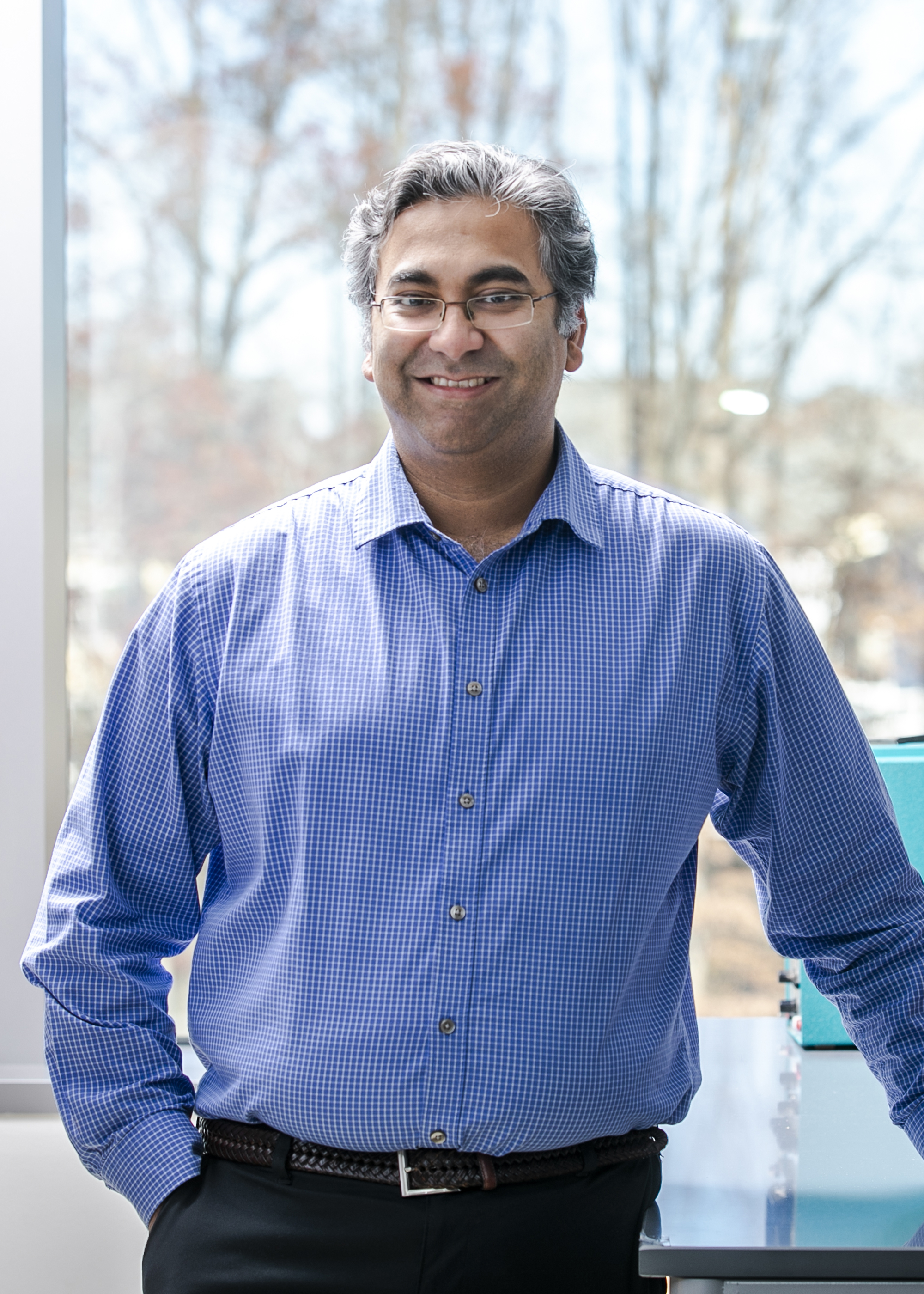
Associate Professor, Bioengineering
Faculty Fellow for Graduate Education, Office of the Provost
Contact Information
Phone: (703) 993-5039
Email: pchitnis@gmu.edu
Biography
Research Focus
The overarching focus of my research is the investigation of brain-body interactions using light and ultrasound. I am one of the Principal Investigators in the Biomedical Imaging Laboratory (BMIL). I lead a multidisciplinary team of scientists and students that conducts basic science and preclinical research to study neuronal function and neurodegenerative diseases using cell cultures, excised brain slices, and small-animal models. Our group uses state-of-the-art ultrasound and laser instruments to develop new techniques for (1) noninvasively imaging or modifying brain activity in rodents, (2) fine-resolution microscopy of vascular function, and (3) ultrasound-based wireless actuation and control of implantable devices for localized chemotherapy.
Current Projects
- We are developing novel techniques that will enable noninvasive mapping of voltage, calcium, and hemodynamic activity in mammalian models for studying neurological function and neurodegenerative diseases using nanoprobes and photoacoustic imaging.
- We are using a machine-learning framework to combine convolution neural networks with photoacoustic tomography for reducing the instrumentation complexity, reducing reconstruction artifacts reconstruction, and enhancing imaging depth and resolution.
- We are working to elucidate metabolic stresses resulting from the use of focused ultrasound administered to the brain for the purpose of noninvasive therapy or neuromodulation.
- We are using focused ultrasound to noninvasively actuate and control implantable devices fabricated using thermally sensitive hydrogels for localized drug delivery, enabling personalized treatment of tumors without extreme side effects associated with systemic chemotherapy.
- We are developing a methodology for imaging retinal microvasculature to assess ophthalmic health and ocular diseases. The approach also can be employed for imaging cell cultures and thick biological samples to achieve label-free and section-less histology.
Select Publications
